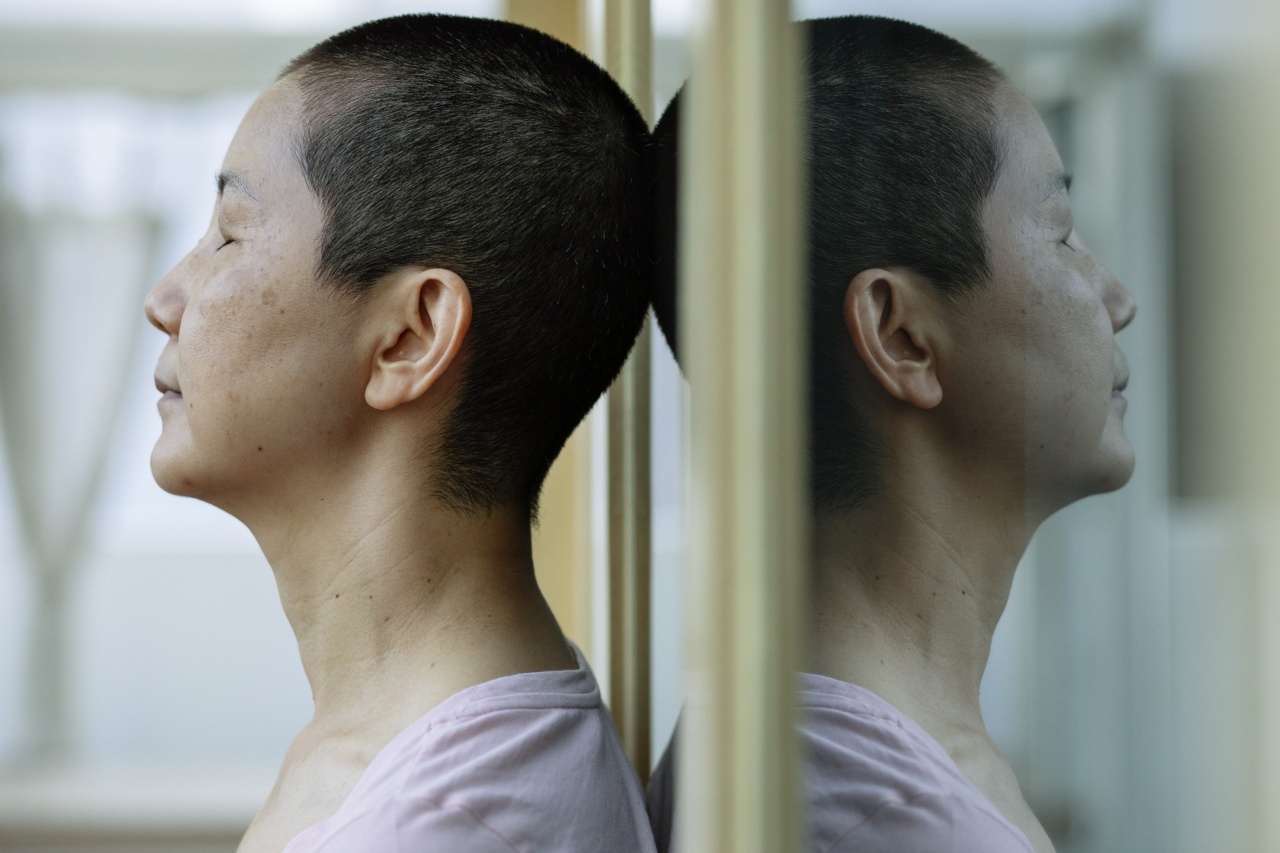Yoga is not just a physical exercise but also a holistic approach to wellness that integrates the body, mind, and spirit.
It has gained popularity worldwide for its numerous health benefits, and one area where it has shown remarkable effectiveness is pain management. Whether you are dealing with chronic pain, acute pain, or even just occasional discomfort, incorporating yoga into your routine can offer significant relief.
1. Yoga Promotes Physical Strength and Flexibility
Regular yoga practice can strengthen the muscles and improve flexibility, which helps alleviate pain caused by muscle imbalances and stiffness.
Asanas or yoga poses work by stretching and lengthening the muscles, tendons, and ligaments, increasing blood flow, and promoting better circulation. This, in turn, reduces inflammation and supports the body’s natural healing processes.
2. Yoga Enhances Mental Well-being and Reduces Stress
Chronic pain often leads to emotional distress, such as anxiety, depression, and frustration. Yoga incorporates mindful breathing techniques and meditation, which help calm the mind, reduce stress, and improve overall mental well-being.
By practicing yoga regularly, individuals can better manage the emotional toll of chronic pain and experience greater peace and resilience.
3. Yoga Stimulates the Release of Endorphins
Endorphins are natural painkillers and mood elevators produced by the body. Yoga stimulates the release of endorphins through physical movement, deep breathing, and relaxation techniques.
By increasing the level of endorphins in the body, yoga can effectively reduce pain levels and enhance feelings of positivity and well-being.
4. Yoga Improves Posture and Alignment
Regular yoga practice encourages proper posture and alignment, which can often be disrupted by chronic pain or injury. Poor posture puts additional stress on the body, leading to muscle imbalances and pain.
Yoga helps correct postural issues, relieving pain caused by misalignment and supporting the body in maintaining a more balanced and pain-free state.
5. Yoga Increases Body Awareness
One of the core principles of yoga is cultivating body awareness. By practicing yoga, individuals develop a deeper connection with their bodies, enabling them to identify areas of tension, stress, or pain with greater clarity.
This heightened awareness facilitates targeted pain management strategies and empowers individuals to make informed choices about their physical health and well-being.
6. Yoga Promotes Relaxation and Improves Sleep Quality
Chronic pain often disrupts sleep patterns, leading to fatigue and exacerbating pain levels. Yoga incorporates relaxation techniques, such as savasana or corpse pose, that induce a deep state of relaxation.
Regular practice of these techniques promotes better sleep quality, allowing the body to heal and regenerate, and effectively reducing pain.
7. Yoga Reduces Inflammation
Inflammation is a common underlying factor in various types of pain, including arthritis, fibromyalgia, and back pain.
Certain yoga poses, such as twists and forward folds, can stimulate the lymphatic system, which helps flush out toxins and reduce inflammation. Combined with mindful breathing and relaxation exercises, yoga can effectively alleviate pain associated with inflammation.
8. Yoga Improves Circulation
Poor circulation can exacerbate pain by depriving tissues of oxygen and nutrients. Yoga practice increases blood flow to different parts of the body, promoting better circulation and nourishing the affected areas.
Improved circulation facilitates the body’s natural healing processes and helps reduce pain intensity and duration.
9. Yoga Enhances Pain Coping Mechanisms
Yoga encourages individuals to develop resilience and cultivate acceptance by focusing on the present moment and acknowledging their limitations without judgment.
This mindset shift helps individuals better cope with pain, reducing their suffering and allowing them to live fuller and more meaningful lives despite their physical challenges.
10. Yoga Fosters a Supportive Community
Engaging in yoga classes or joining a yoga community provides individuals with a supportive environment where they can connect with like-minded individuals who understand the challenges of living with pain.
The sense of belonging and support can be empowering and contribute to overall well-being and pain management.
The Role of Acupuncture in Pain Management
Acupuncture, an ancient practice rooted in Traditional Chinese Medicine (TCM), has been used for centuries to alleviate pain and promote overall well-being.
While the exact mechanisms of how acupuncture works are still not fully understood, numerous studies have shown its effectiveness in managing various types of pain.
1. Acupuncture Stimulates the Release of Endorphins
Similar to yoga, acupuncture stimulates the release of endorphins, which act as natural painkillers. Acupuncture involves the insertion of thin needles into specific points on the body, promoting the flow of energy or Qi.
This stimulation triggers the release of endorphins, effectively reducing pain and promoting feelings of relaxation and well-being.
2. Acupuncture Improves Energy Flow
According to TCM, pain is often a result of imbalances or blockages in the body’s energy flow. Acupuncture works by unblocking these energy pathways, allowing Qi to flow freely.
By restoring balance and harmony to the body’s energy system, acupuncture can effectively reduce pain and promote healing.
3. Acupuncture Modulates the Nervous System
Research suggests that acupuncture can modulate the nervous system’s response to pain.
It affects the release of neurotransmitters and stimulates the production of endogenous opioids, both of which play crucial roles in pain perception and management. This modulation helps reduce pain intensity, frequency, and duration.
4. Acupuncture Reduces Inflammation
In addition to its effects on the nervous system, acupuncture has been found to have anti-inflammatory properties. It can help reduce inflammation by promoting the release of anti-inflammatory cytokines and increasing blood flow to inflamed areas.
By reducing inflammation, acupuncture effectively alleviates associated pain.
5. Acupuncture Enhances Circulation
Similar to yoga, acupuncture improves circulation by stimulating blood flow throughout the body. Improved circulation helps deliver oxygen and nutrients to the affected areas, promoting healing and reducing pain.
Additionally, increased circulation aids in the removal of metabolic waste and toxins, further supporting the body’s natural pain management processes.
6. Acupuncture Releases Muscular Tension
Acupuncture can release muscular tension by targeting specific trigger points or knots in the muscles.
The insertion of needles into these points triggers a physiological response that relaxes the muscles, improves blood flow, and reduces pain caused by muscle tightness or spasms.
7. Acupuncture Improves Sleep Quality
Sleep disturbances are common among individuals with chronic pain. Acupuncture has been shown to improve sleep quality by regulating the production of neurotransmitters involved in sleep-wake cycles.
By enhancing sleep, acupuncture not only enables the body to heal but also reduces pain levels and improves overall well-being.
8. Acupuncture Relieves Stress and Anxiety
The calming effect of acupuncture extends beyond pain relief. Acupuncture treatments promote relaxation, decrease anxiety, and improve mood by regulating the nervous system’s stress response.
By alleviating stress and anxiety, acupuncture contributes to a more positive outlook and overall pain management.
9. Acupuncture Complements Western Medicine
Many individuals turn to acupuncture as a complementary therapy alongside conventional Western medical treatments.
It can be used in conjunction with pain medications, physiotherapy, and other interventions to enhance their effects and provide multi-dimensional pain management. Acupuncture offers a holistic approach that addresses not only physical symptoms but also emotional and energetic imbalances.
10. Acupuncture Provides Individualized Treatment
One of the strengths of acupuncture is its ability to provide individualized treatment.
Acupuncture practitioners assess the root causes of pain by considering the person as a whole, taking into account their unique constitution, lifestyle factors, and specific health concerns. This personalized approach ensures that the treatment targets the underlying cause of pain and provides tailored relief.






























